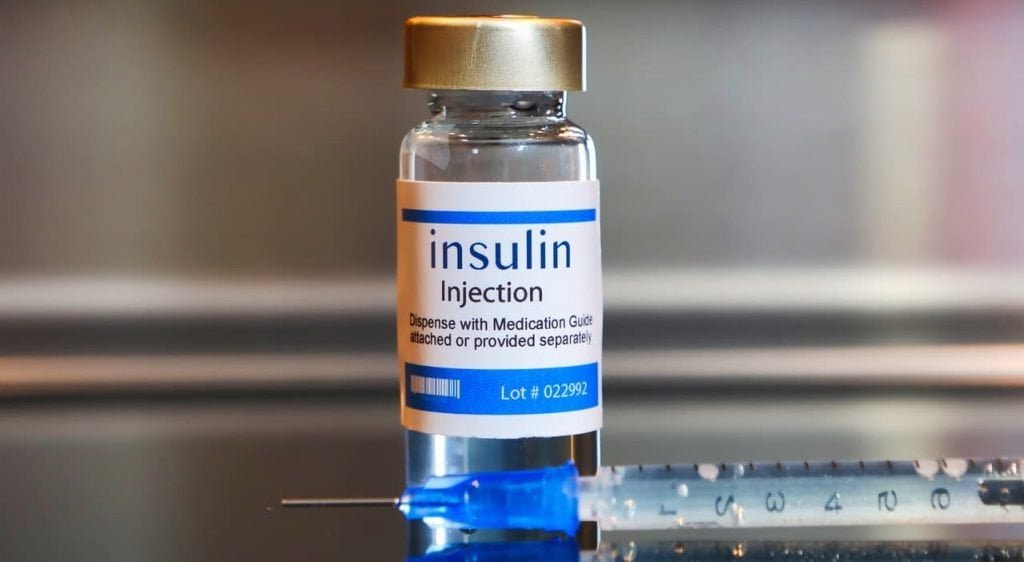Fast-acting insulin plays a crucial role in managing blood glucose levels post-meals, initiating its effects within roughly 15 minutes of injection. Here are some advantages of incorporating fast-acting insulin into your diabetes care routine:
1. It quickly moves from your fat tissue into your bloodstream.
2. It is specifically prescribed to manage blood sugar levels during meals and snacks and helps control high glucose levels in the bloodstream.
## **Duration of Fast-Acting Insulin**
Fast-acting insulin analogs—such as insulin aspart, insulin lispro, and insulin glulisine—start their action within 5 to 15 minutes of injection. Their peak efficiency occurs between 1 to 2 hours post-injection, and their action duration typically spans 4 to 6 hours.
While the onset and peak action times for fast-acting insulin are relatively stable, the duration can vary based on the dosage. Smaller doses might be effective for about 4 hours, whereas higher doses of 25 to 30 units might last up to 5 or 6 hours.
On average, you can expect fast-acting insulin to be active for approximately 4 hours.
## **Insulin Brands**
Here are some popular brands of fast-acting insulin:
– [**Humalog**](https://bridgecanhealth.com/shop/insulin-humalog-vial-100u-ml/) is designed for individuals with type 1 or type 2 diabetes to help manage blood sugar levels. This insulin starts working almost immediately and has a shorter duration of action compared to regular human insulin.
– **Novolog** is effective in controlling blood sugar spikes and can be used by both children and adults. It is often taken in combination with long-acting insulin.
– **Apidra** is used for managing high blood sugar in both adults and children. Apidra is typically taken 15 minutes before or within 20 minutes after a meal.
## **Possible Side Effects**
Using any brand of fast-acting insulin may result in some side effects shortly after injection, such as:
– Rashes
– Shortness of breath
– Wheezing
– Dizziness
– Blurred vision
– Rapid heartbeat
– Sweating
– Difficulty breathing or swallowing
– Weakness
– Muscle cramps
– Irregular heartbeat
– Weight gain
– Swelling of the arms, hands, feet, ankles, or lower legs
